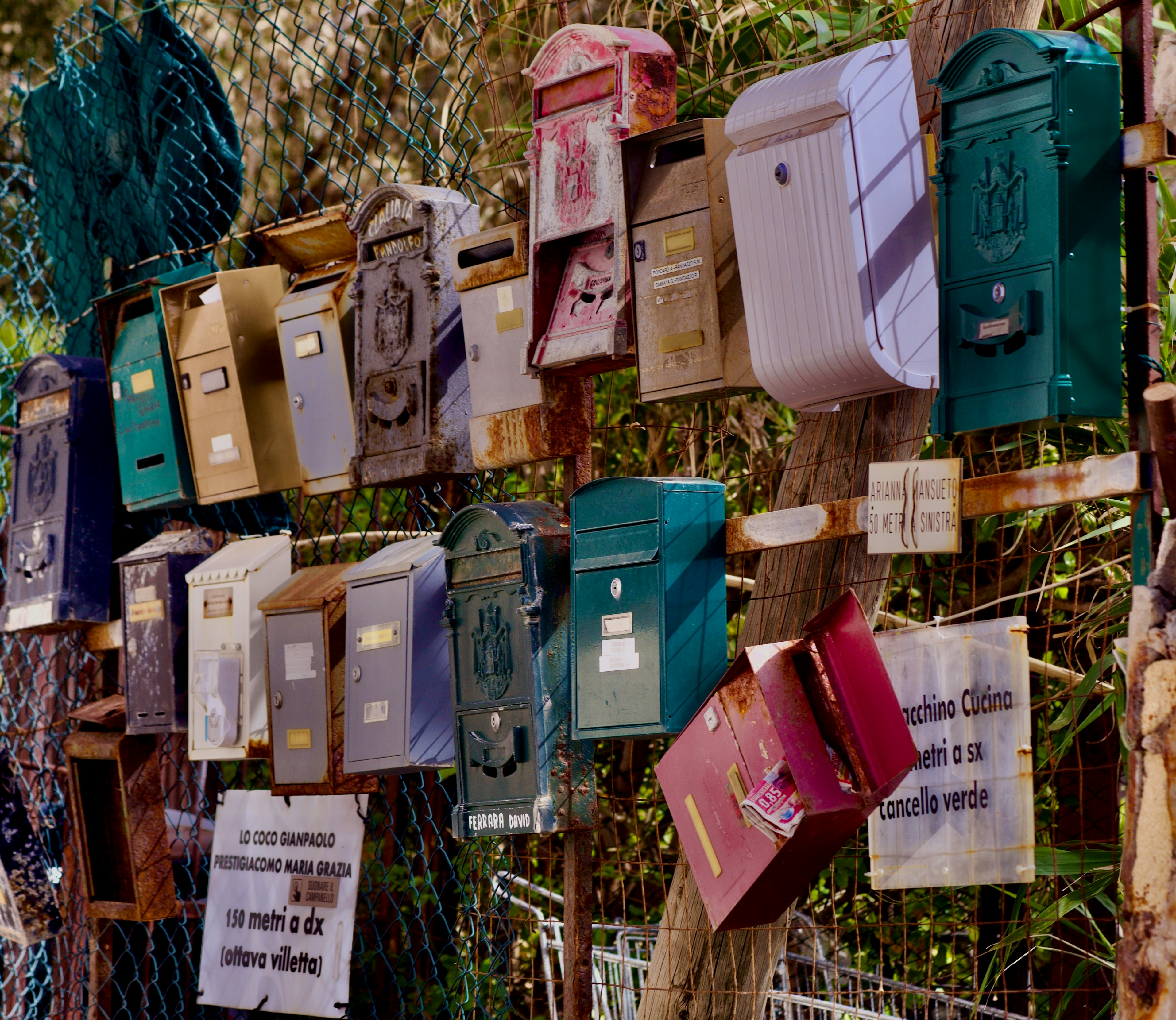
Sport and the intangible cultural heritage: living heritage?
Sport and the intangible cultural heritage: living heritage?
Mathilde Lamothe, researcher at the University of Pau specialising in the heritage process, throws light on the little-known relationship between intangible heritage and sport.

Can a sport be part of our heritage? Conversely, how can our heritage, often seen as monumental, architectural or linked to the fine arts, include a sporting dimension? Based on an apparent contradiction, the heritage and sport sectors invite consideration of the links they share going beyond the classic binary model of tradition/modernity. However, sporting culture and, therefore, popular culture, are often kept apart in the intellectual world and scientific studies usually concentrate on sport or heritage, without putting them together.
Nevertheless, certain iconic sports such as ice hockey in Quebec or rugby in South-West France do have a cultural and historical dimension. This sporting heritage is composed of trophies and medals, of great players who have become legends, of stadia and memorable places (like the historical plaque in Montreal on the spot where the first official hockey match was played). But beyond these tangible values linked to objects or sites, can sporting culture be considered as “living heritage” according to the definition proposed by the UNESCO Convention for the Safeguarding of the Intangible Cultural Heritage (ICH) in 2003? The convention covers 5 major areas: oral traditions, performing arts, social practices, rituals and festive events, knowledge and practices concerning nature and the universe, and the knowledge and skills to produce traditional crafts. Although songs and festive rituals are represented, not much space was given to sporting activities in the first applications, which occasionally mentioned riding or some martial art. The sporting aspect emerges slightly but with difficulty in dossiers where, inevitably, it is closely linked to rituals, music, games or festivals. Although the movement element remains present, applications question the sense of sports presented as culture: mountaineering is presented as “the art of scaling summits and rock faces in high mountains” and dromedary racing in the United Arab Emirates is defined as “a social practice and a festive heritage”.
“Transmit, protect and hold on to our heritage”
However, the transformation of traditional cultural practices into sporting practices puts into perspective the new ways of using these and the problems of this kind of heritage process. A diachronic analysis of snowshoes in Quebec provides a form of resilience, or in other words the capacity of one culture to reproduce itself in time, despite sometimes radical changes. This Amerindian means of transport, handed on to the first European colonists in the 17th century, has faced many threats to its use, such as the way they were made, in order not to be limited to an obsolete folk tradition. Snowshoes have survived because a small part of society was interested by their non-utilitarian aspect, and they are used now for leisure (walks and outings), work (national park rangers, electric cable technicians and so on), and sport (Snow Pentathlon, ISSF World Snowshoe Championships, etc.), which has led to them being redefined and given a place in today’s society. The arrival of new materials for making them has given new life to the product, transforming the rawhide snowshoe by the use of composite materials adapted to the needs of current society.
If the aspirations of recognition as a sport practice are visible (creation of clubs, regulations, competitions or federations), these examples also express the existence of a group over time. It experienced transmission difficulties, and demonstrates how it adapted to societal constraints through a process of becoming part of sport, and participates in constructing local and regional identities in a globalised world. This kind of practice fits into the intangible cultural heritage field which is, according to UNESCO, “passed from one generation to another, has evolved in response to the environment and contributes to giving a sense of identity and continuity”. This little-known heritage process through sport will enable us to broaden the definition of ICH and to study mechanisms for transmitting, protecting and holding on to our heritage in contemporary society.
Sport and Citizenship 55 : enhancing sport and physical activity by culture


